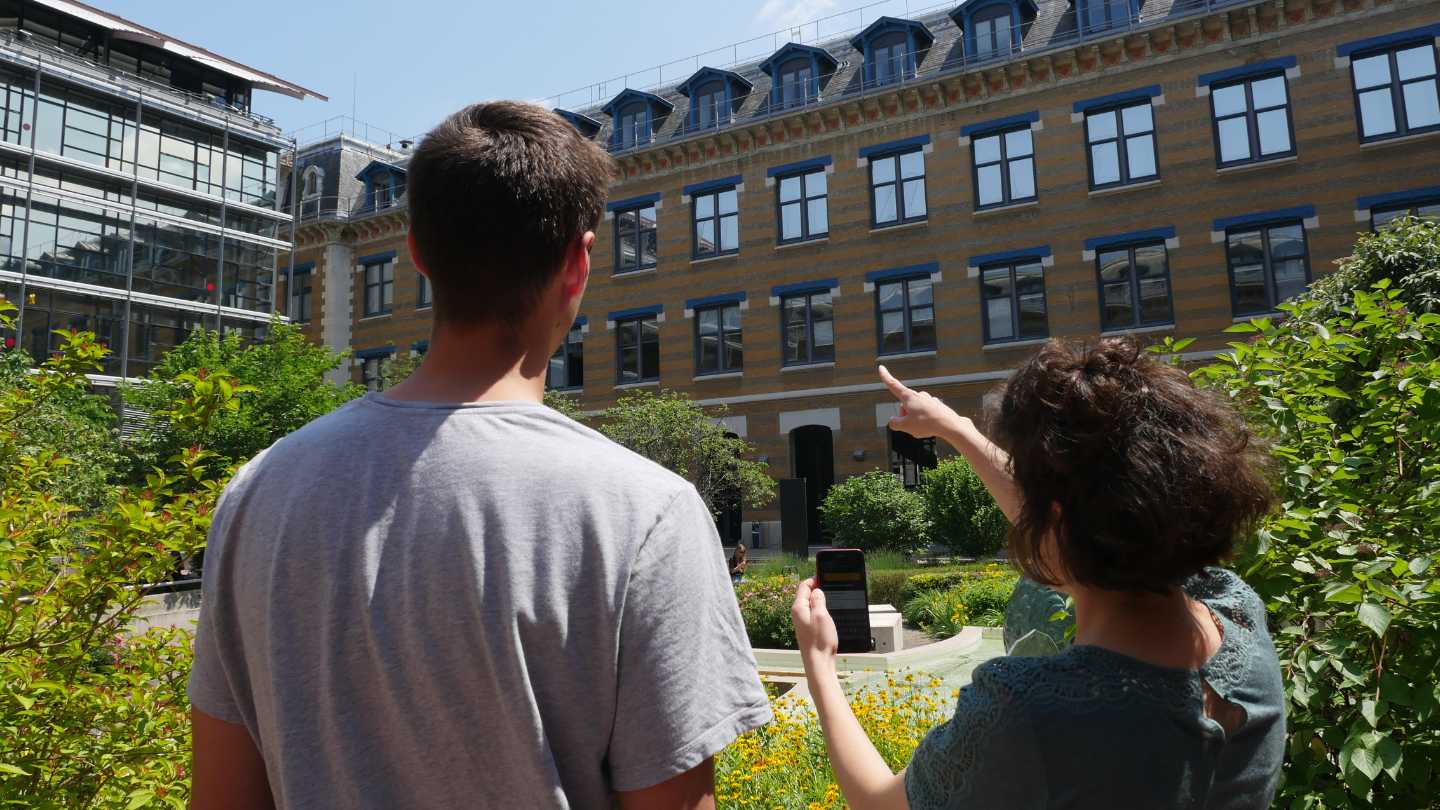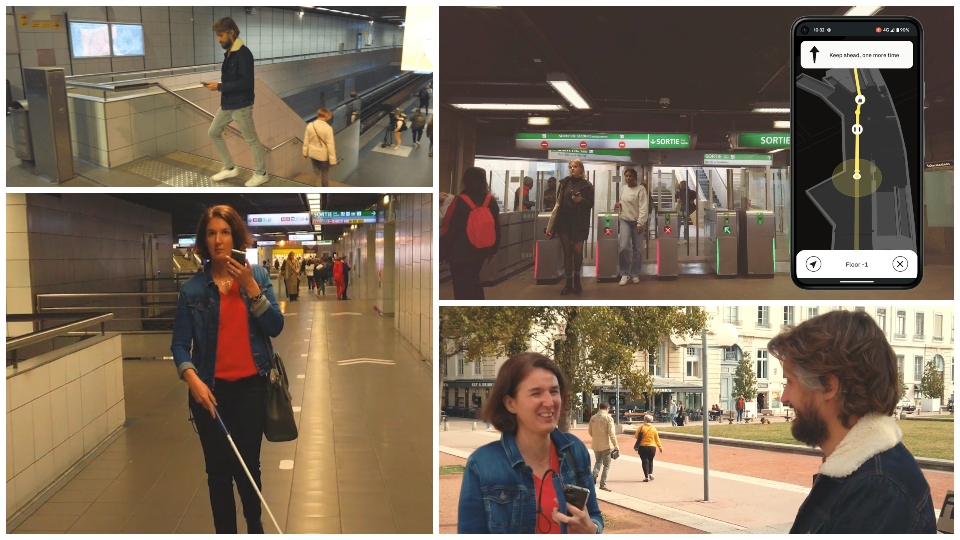Why Universities Are Embracing Evelity: 5 Campuses, 5 Intakes, 1 Revolution
The start of every academic year is pivotal — first buildings, first classrooms, first steps on campus. The big question: “Where do I go?”
Posts about:

The start of every academic year is pivotal — first buildings, first classrooms, first steps on campus. The big question: “Where do I go?”

How do you find your way on a university campus when everything looks the same? In April 2025, we conducted an exclusive survey of 300 students from 107 French higher education institutions to better understand the wayfinding challenges they face during their first months.
The results are striking: 93% said they got lost — leading to stress, delays, and even social isolation. So, what’s behind this disorientation? What strategies do students use? And more importantly, would they embrace an inclusive navigation app like Evelity?

Lyon 3 Jean Moulin University, as part of the INCLUDE project (demoES France 2030), has marked a decisive turning point in its commitment to accessibility and inclusion.
In January 2023, the school chose to deploy Evelity, a solution to help with orientation and location, on its Manufacture des Tabacs campus, which is used by 28,000 students each year.
Here's a look back at the success of this project!

Since June, our teams have been focusing on the Evelity experience in the metro as part of the pilot project we are running in two metro stations, Bellecour and Grange Blanche.
It was not without a few drops of sweat 💦 that we managed to deliver an inclusive wayfinding system for travelers inside a metro (originally only for the visually impaired)!
And the efforts have paid off, because the users feedbacks is amazing! The results are a pleasant surprise 🎇 We thank them for their help...

Evelity has collaborated with RTM, the Marseille metro operator, to improve the physical accessibility of its 2 lines and 29 stations! Here is how the project went from the pilot phase to the deployment...